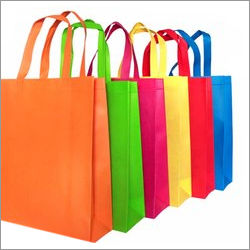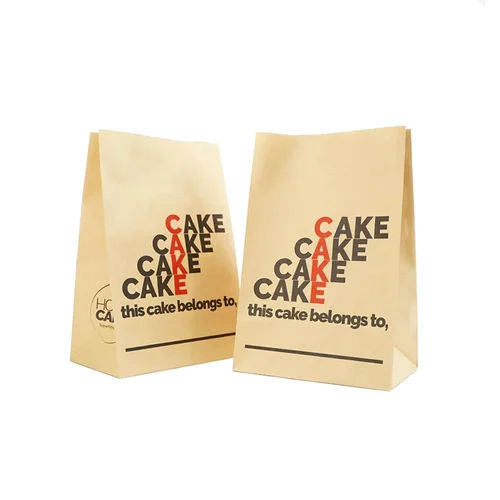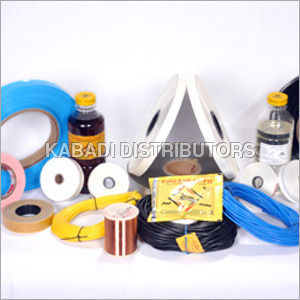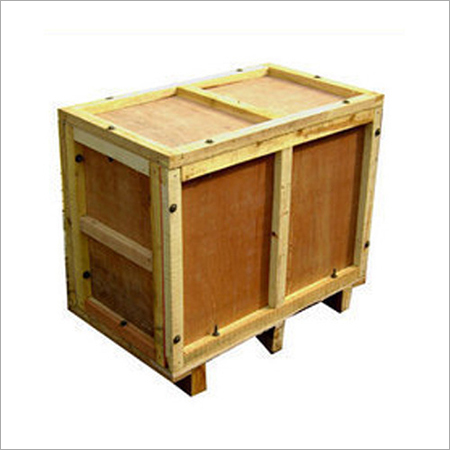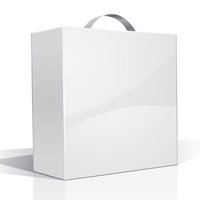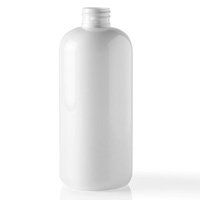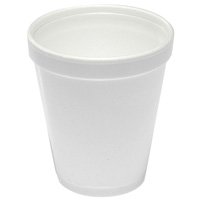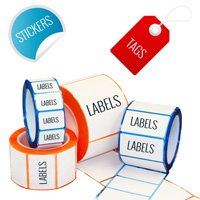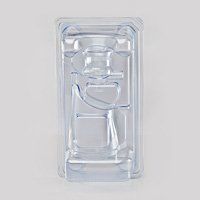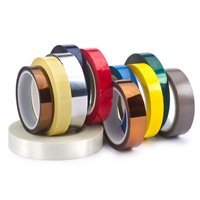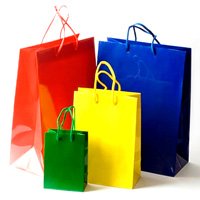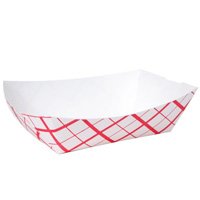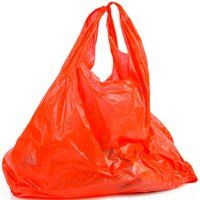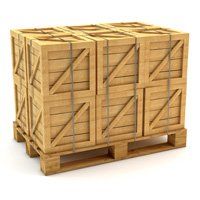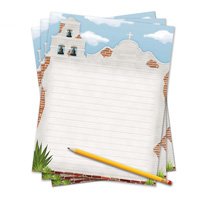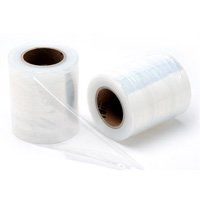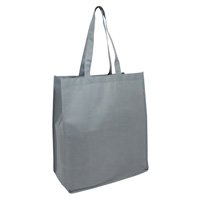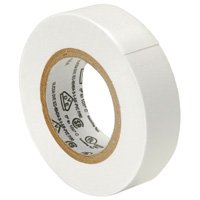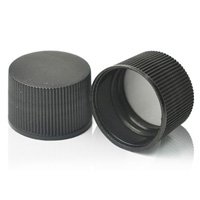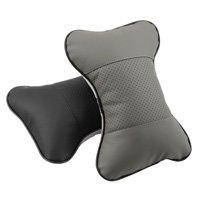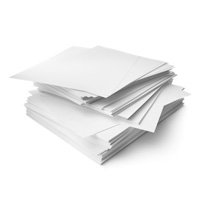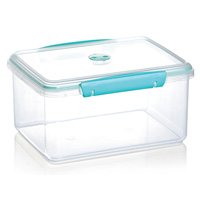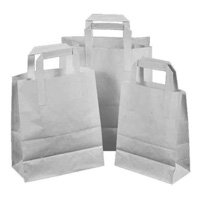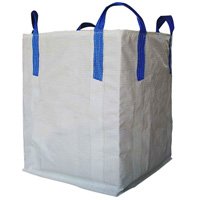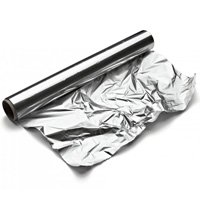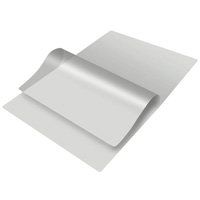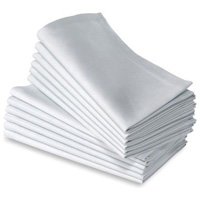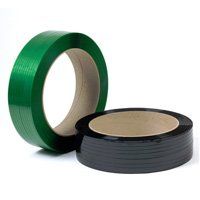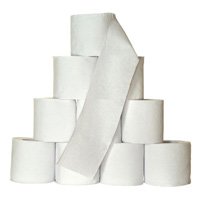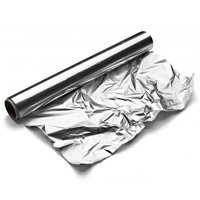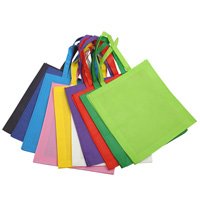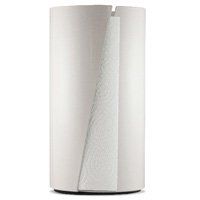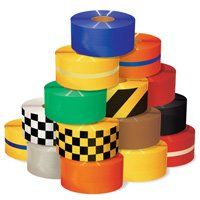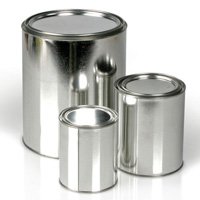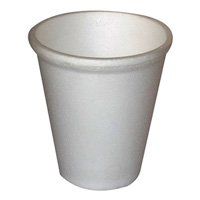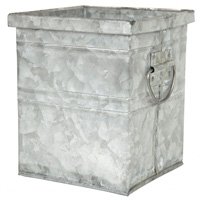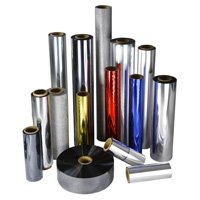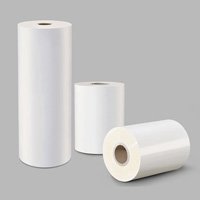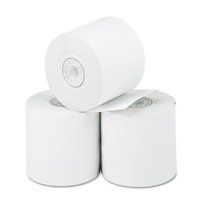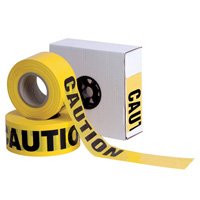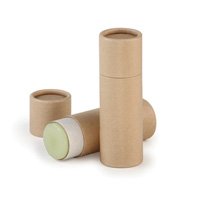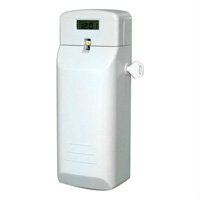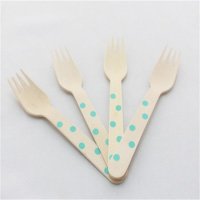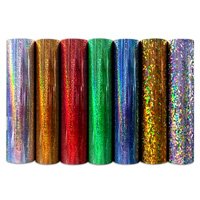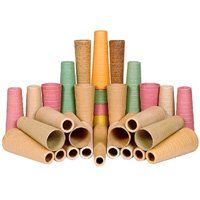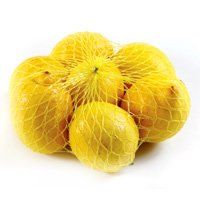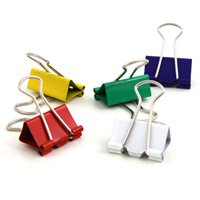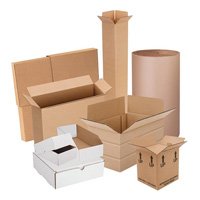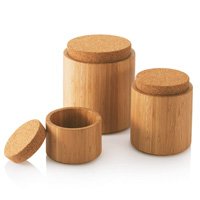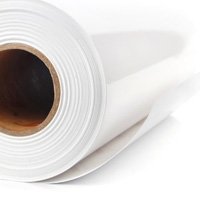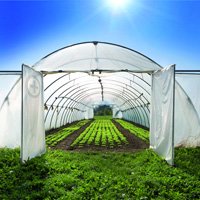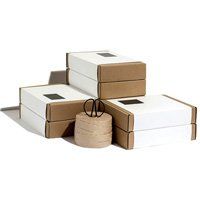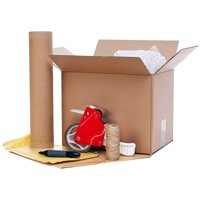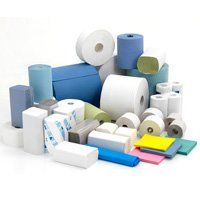Packaging & Paper
Product Showcase
Recently Added Products
What Is Packaging? - Definition, Types, & Functions
Introduction
Parchment paper and bags made of paper are two examples of paper packaging used to store and transport dry goods. Popular in today's market is paper packaging, which is manufactured from paper rather than plastic or metal. Goods are packed, stored, and transported using this sort of packaging to safeguard the contents from the rigors of transit. At now, this sector is eager to spend money on developing trendy new forms and integrating branding features into existing ones.
Due to the high technical standards of the dairy industry and the fact that milk is an expensive food that is easily fermented and damaged if not packaged and shielded by a multi-layer packaging, the market share of this product type is concentrated in this sector.
Type of Packaging Paper
- Corrugated board
Two sheets of kraft paper sandwich a sheet of corrugating fluting paper to create a corrugated board. Fibreboard is commonly used for the transportation of both bulk food and retail food products due to its resilience to impact abrasion and crushing damage.
-
Kraft Paper
Bleached white kraft paper, heavy-duty, natural brown and unbleached are just some of the varieties that may be found in stores. Most bags and wrapping paper are made from natural kraft since it is the most durable option. It's also used for storing and transporting things like flour, sugar, and dried fruits and vegetables.
-
Greaseproof paper
Wrapping snack foods, candy bars, cookies, and other oily goods with greaseproof paper is becoming obsolete due to the widespread availability of more convenient and disposable plastic film alternatives.
-
Parchment or Baking paper
The acid alters the cellulose to render it smoother and more resistant to water and oil, hence increasing the wet strength of the pulp from which it is made. Butter and lard are packed in it since it is not a good barrier to air and moisture, it cannot be heat sealed, and it is used for preservation.
-
Duplex paper
Duplex paper is created by melting together two sheets of paper. Frequently, a protective coating is applied to the exterior of the board to increase its resistance to moisture and lend it a glossy appearance.
Depending on what is needed, the duplex paper can be created from food-safe materials.
Duplex paper is commonly used for pharmaceutical packaging and the production of printed mono cartons.
-
Solid Bleached board
Typically, one or more layers of mineral or synthetic pigment coat the surfaces of solid bleached board (SBB) or solid bleached sulfate (SBS), two types of paper board created entirely from bleached chemical pulp.
This medium density board is completely white on both sides, making it ideal for graphic design and packaging applications. It's simple to fold, score, emboss, and use hot foil stamps on.
This board, however, is not suitable for holding food and must be laminated before it can be used for that purpose.
-
Virgin paper
Virgin Paper is paper manufactured from newly felled trees that have not been used for any other purpose.
The trees are felled, turned into pulp at a mill, and then shaped into fresh paper. It is not necessary to laminate virgin paper to make it safe for use with food. High-quality items tend to be soft and fragrant.
When compared to recycled paper, Virgin paper's superior strength makes it suitable for use in the food industry.
Virgin Packaging & Paper is more expensive than the alternatives listed below because it is of a higher quality (usually food grade) and greater strength.
-
Cardboard
Fluting, or recycled paper, is used in the construction of cardboard, which is then sandwiched between two liners.
These liners often also contain a sizeable amount of recycled materials, such as cardboard or other discarded paper products.
The thickness of cardboard also greatly affects its strength and durability. Because it is not FDA-approved for direct contact with food, it must be laminated before it may be used in food packaging.
-
Butter Paper
It's not non-stick, so you can't use it to make sandwiches, and it goes by various names. You shouldn't use it for baking, but it's great for wrapping moist or greasy foods in the grocery store. Wrapping food and drinks with butter paper is fine because it is made to food safety standards.
For use with burgers and sandwiches, the butter paper is sliced into thin sheets. Salads, bread, munchies, etc., can all be stored conveniently in pouches.
The butter paper provides an outstanding option for flexible packaging. Because of its low cost and high resilience to heat, butter paper is an ideal main packaging material.
Top Reasons Why Packaging is Important
-
Prevents Tampering
Food safety requires tamper-resistant packaging. As a result of the adulteration, the food item is now harmful to consumers. Using proper packaging can help solve the tampering problem. Thus, it is important to incorporate tamper-evident symbols on food packaging. Food producers should employ tamper-evident labels that reveal any attempted manipulation of the product. This comprises visuals and product features that evolve as a result of tampering, such as printed features, specific packaging membranes, breakaway closures, and so on.
-
Maintains the Freshness of the Food
Thanks to advancements in food packing, produce cultivated on the West Coast may now be shipped to the South. This means that with the correct packaging, food goods can maintain their freshness and quality for longer. Because of advancements in packaging technology, producers and processors of food may now provide consumers with perishable goods that are guaranteed to maintain their freshness.
-
Ensures Safety
The primary function of packaging is to ensure the security of its contents and the well-being of its intended recipients. Important product and safety information should be included on the packaging. For food items, for instance, the packing date, best-before date, and ingredient list should all be prominently displayed. Whether made from virgin materials or recycled plastic, food should not absorb any undesirable chemical, odor, or flavor from the packaging.
-
Attractiveness of Electronics
The product's packaging is a crucial aspect of its marketing and branding. One's propensity to purchase a product may be influenced by the packaging's uniqueness. The product itself is secondary only to its packaging. Its goals are to draw attention to the product, increase sales, educate consumers, and pique their curiosity. Two-thirds of consumers think they are influenced by a product's packaging.
-
Sustainability
The carbon footprint, reusability, and recycleability of packaging materials are increasingly becoming important considerations for customers. The more favorably sustainable packaging is viewed, the greater the effect on sales it has.
Future of Packaging & Paper Industry in India
At a CAGR of 6.63% between 2022 and 2027, the value of the India Paper and Packaging Market is projected to rise from its 2021 level of $10.77 Bn to $15.69 Bn.
Top 3 trends that will shape the future of packaging to 2027
-
Brand Owner trends
As corporations in the fast-moving consumer products industry look for new growth opportunities, a growing number of their brand names are being introduced to consumers in other countries.
Through the year 2027, this trend will speed up in important growth economies as a result of increased exposure to westernized lifestyles.
Brand owners' interest in tools like radio frequency identification (RFID) labels and smart tags to detect and prevent the distribution of counterfeit goods has been stoked by the proliferation of e-commerce and the liberalization of international trade.
-
Consumer Trends
The number of people who shop online as a regular part of their shopping habits is growing. Until 2027, this trend is expected to intensify, leading to a greater need for packaging solutions, particularly corrugated board shapes that can transport goods securely via increasingly intricate distribution networks.
On-the-go consumption of consumables like food, drink, and medicine is on the rise. As a result, the market for flexible plastics is poised to grow as more people look for lightweight and portable packaging options.
-
Economic and Demographic growth
The world's population is rising, and urbanization is expected to speed up, especially in major growing economies like China and India.
A growing middle class has more disposable cash to spend on consumer goods, more access to cutting-edge retail options, and a desire to adopt Western consumerism.
Demand for healthcare and pharmaceutical products is expected to rise as the population ages due to rising life expectancy, particularly in key developed nations like Japan. At the same time, there's a demand for packages that are easier for seniors to open.
FAQs: Packaging & Paper
Q. What are the Types of Packaging Material?
Ans. Here are the materials used for packaging:
-
1. Jute Bags
-
2. Cardboard Boxes
-
3. Butter Paper
-
4. Corrugated boxes
-
5. Shrink Wrap
-
6. Woven Sack
Q. What type of Paper is used for Packaging?
Ans. Kraft paper, corrugated board paper, Wrapping paper, and Butter paper are the common papers used for packaging products or food items.
Q. What are the Common uses of Packaging?
Ans. Here are the uses:
-
1. Product protection
-
2. Physical protection
-
3. Bringing Attractive
-
4. Waste Reduction
-
5. Safety
-
6. Promotion
Q. What is the 5 Importance of Packaging?
Ans. The 5 importance are:
-
1. Providing protection
-
2. Safety
-
3. Attractive looks
-
4. Specific customer demand
-
5. Promotion the brand
-
6. Optimal Design
